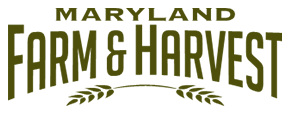Glossary
asexual reproduction:
a way for an organism to produce new offspring using the genetic information of only one parent
breeding:
when living things create an offspring of the same kind
chromosomes:
the building blocks that give characteristics, or traits, to living things, including plants
conventional plant breeding:
crossing together plants with certain characteristics, then selecting the offspring with the desired combination of characteristics
crop:
a cultivated or raised plant that is grown as food, especially a grain, fruit, or vegetable
crossbreed:
to combine the genetic information of two different breeds or types of an animal or plant
female:
in watermelon plants, a female plant has an ovary below the flower
genetically modified:
plants, animals, bacteria, or viruses that have been genetically changed by scientist using DNA from another organism
germinate:
to start growing
gourd:
hard-shelled fruits such as pumpkins, squashes, cucumbers, and melons
greenhouse:
a building that allows plants to be grown in specific conditions
harvest:
the time of year when crops are ripe and ready to be gathered
hybrid:
the offspring from parents with different genes
male:
in watermelon plants, a male plant has flowers with bright yellow, pollen-producing anthers
mature:
full or complete physical development
plastic mulch:
a covering spread over the ground to protect the roots of plants
pollinator:
an animal that helps plants produce fruit or seeds
produce:
products, such as fruits and vegetables, that can be grown, sold, and consumed
seeded watermelon:
a watermelon with seeds that can reproduce on its own
sexual reproduction:
a way for two organisms to produce new offspring by combining their genetic information
seedless watermelon:
a watermelon without seeds that needs special breeding to reproduce
vine:
a plant whose stem can grow up or along the ground


